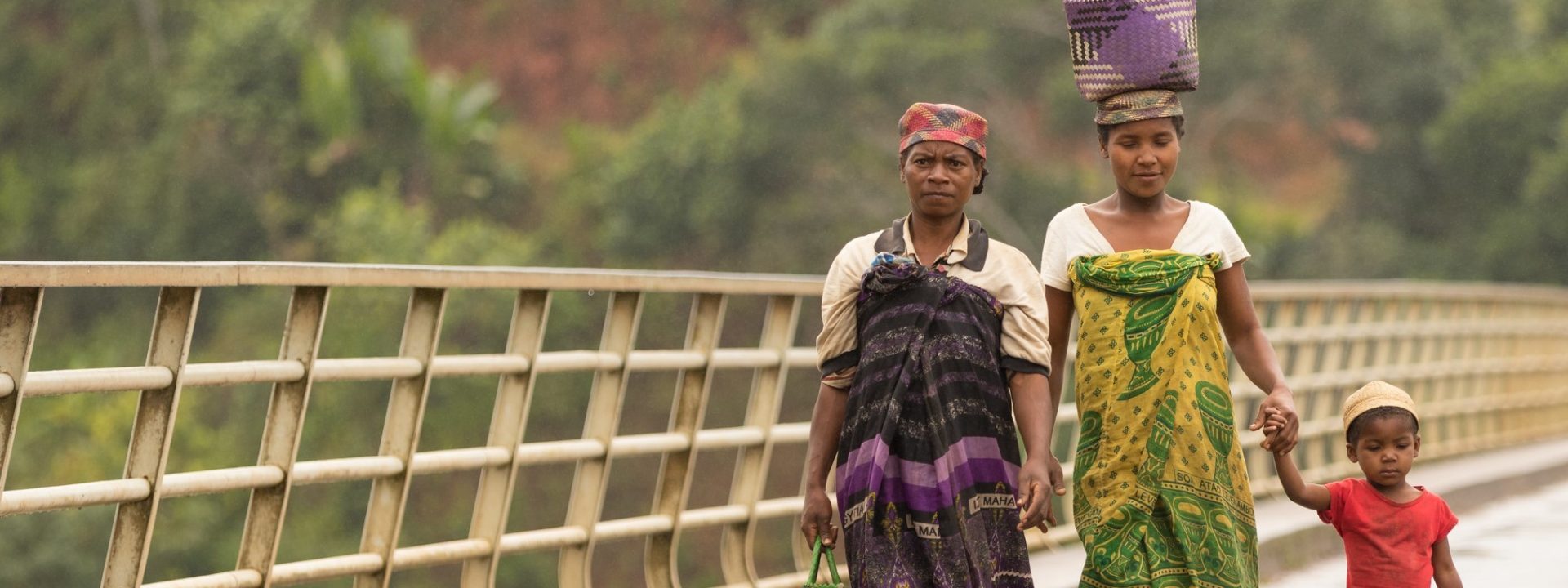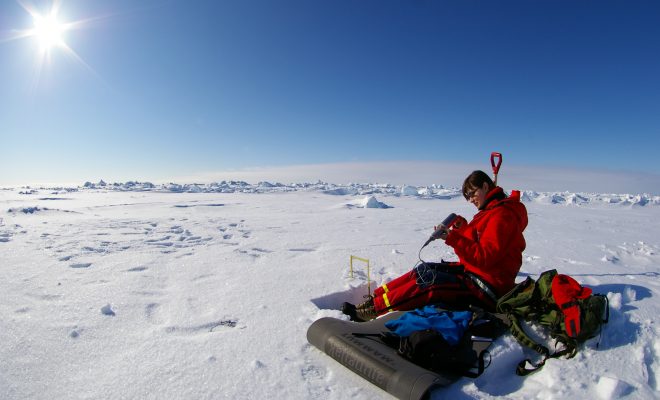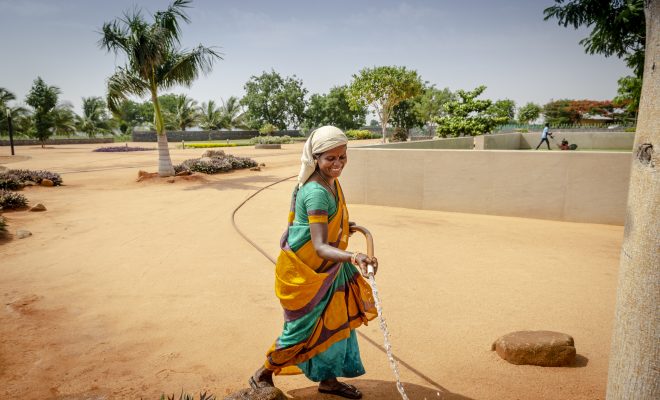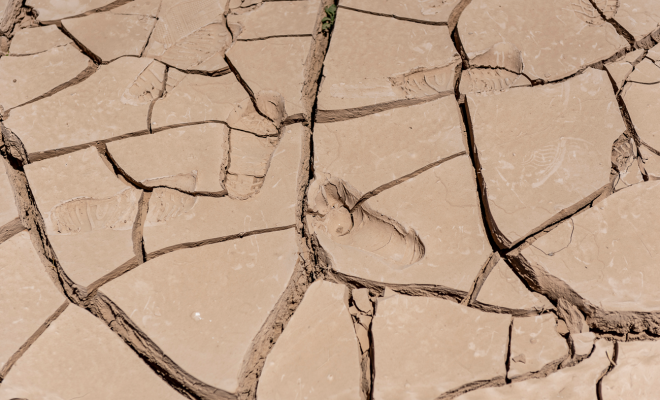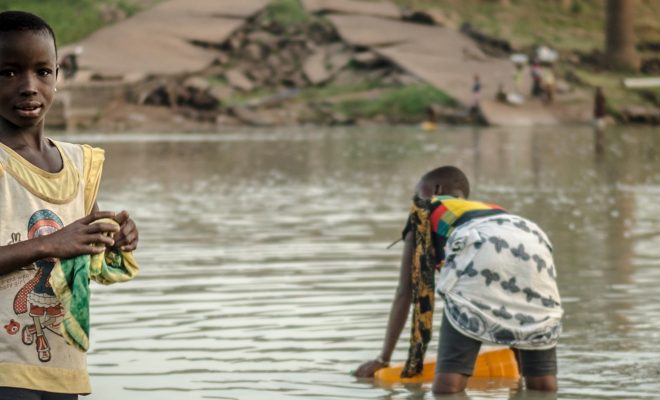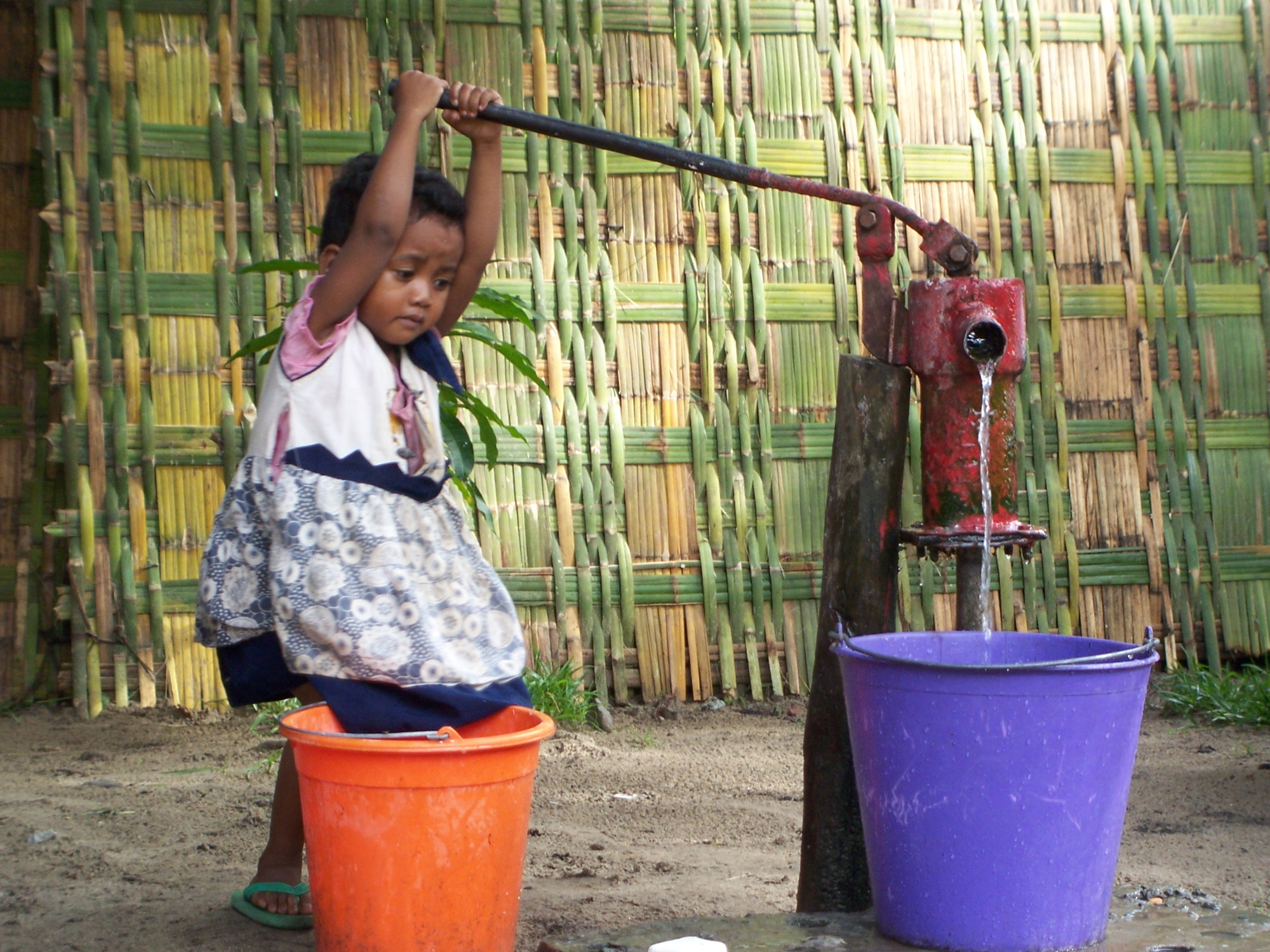
Awareness of nature and access to water and hygiene in the most forgotten areas of Madagascar is one of the objectives of the Foundation’s new project. © Luc Legay
In Magadascar’s almost 600,000 km2 we find the five predominant climates in Africa: equatorial, tropical of the savannah, humid subtropical, semi-desert and desert. This climate diversity provides the Malagasy people a land that is an ecological treasure: 5% of the planet’s biodiversity can be found in the largest island of Africa and the fourth largest in the world. This environmental treasure has been deteriorating for decades and is threatened with disappearance if urgent action is not taken.
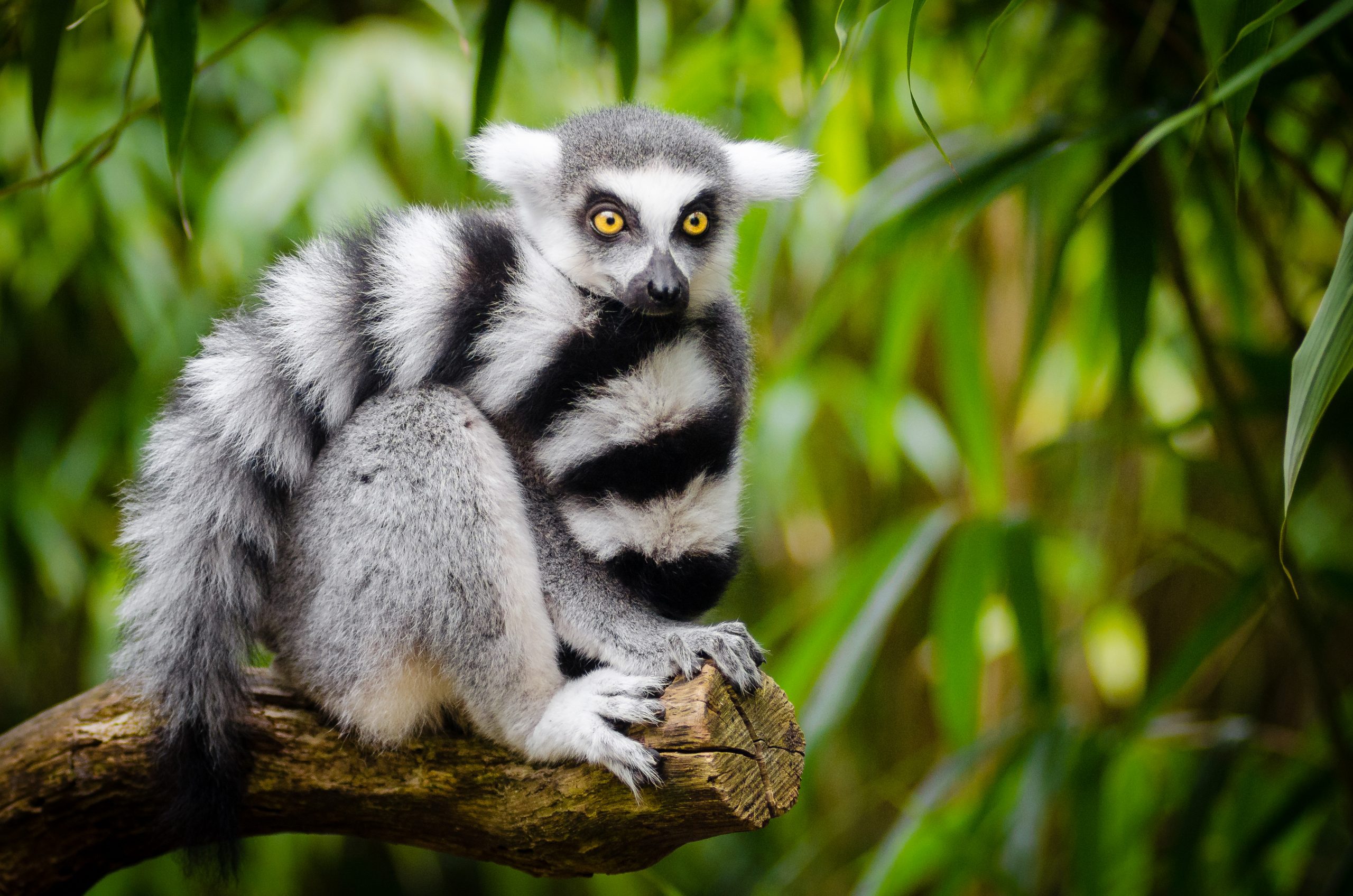
Lemurs are in danger of extinction due to deforestation and climate change. ©Mathias
Lemurs, environmental indicators
Due to its ancestral geographical isolation in the Indian Ocean, Madagascar is home to dozens of endemic species, a long list of unique animals, among then almost 100 species and subspecies of lemurs, one of the most peculiar and famous primates, which are the symbol of the country.
Lemurs play a key role in the reproduction of different kinds of plant species and for decades we have known they are extremely sensitive to the degradation of their habitat. The health of the lemur population is an indicator of the state of biodiversity in Madagascar’s eastern tropical forest, which receives rain from the Indian Ocean and contains the greatest richness of endemic flora and fauna.
A study published last year in the journal Nature by 22 American and Malagasy scientists concludes that lemurs are in danger of extinction due to deforestation and climate change. According to the study, by 2070, if the deforestation trend and the worst climatic forecasts were combined, 93% of the lemurs’ habitat would disappear and with it most of the species and subspecies of the unique primates.
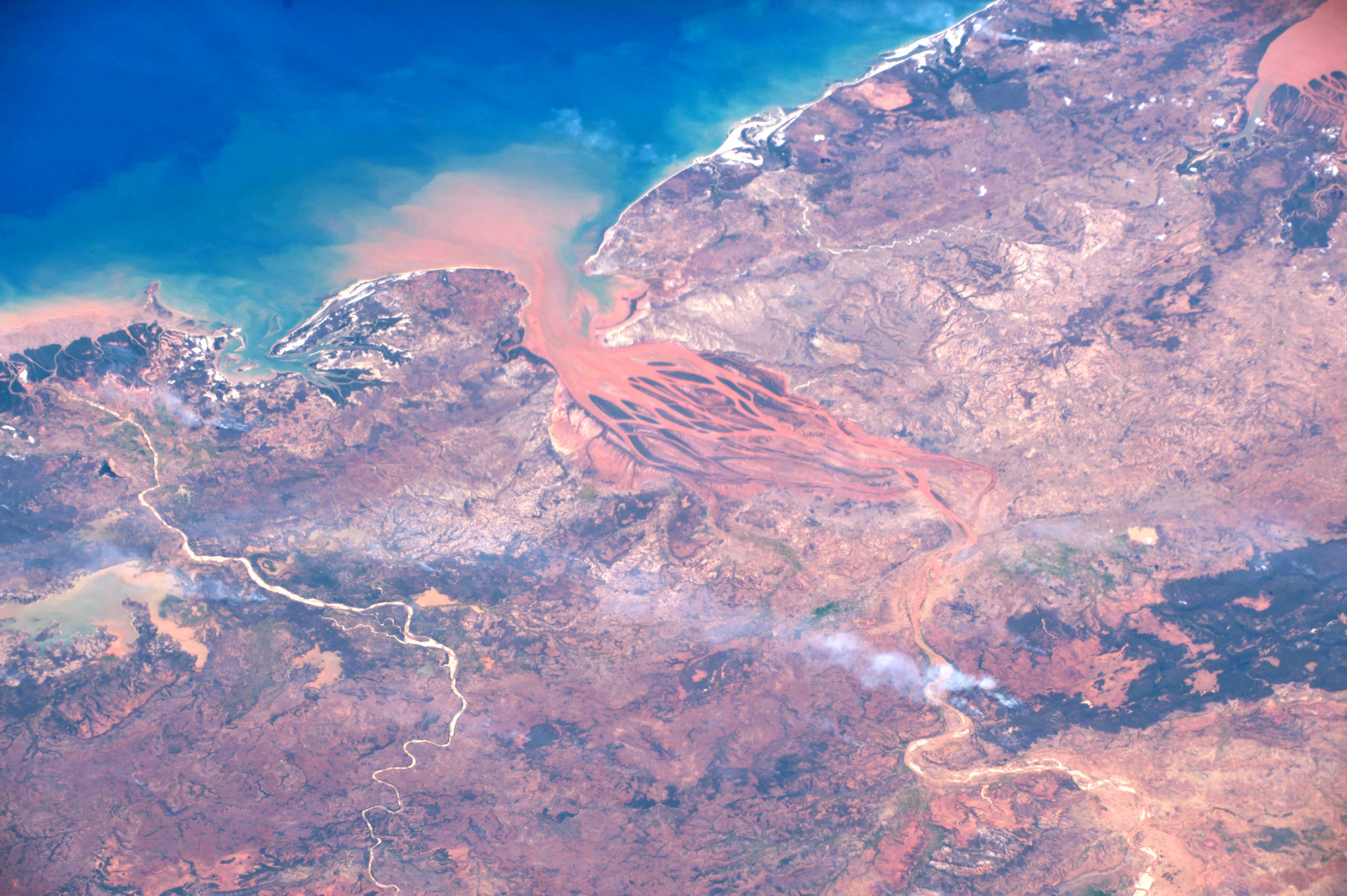
The degradation of the island’s environment is advancing relentlessly and climate change will exacerbate these pressures. © ESA/NASA
The advance of deforestation
The study confirms what has been feared since scientists began analyzing aerial images in the 1950s and satellite images since 1972. In 1985, when a comparative study of the photographs was carried out, it could be clearly seen that only half of the 7.6 million hectares of tropical forest existing in 1950 had survived. The images made it possible to calculate a loss of 111,000 hectares per year, a trend that was confirmed in 2005: the country had lost a total of 854,000 hectares of forest since 1990.
Uncontrolled agricultural fires, overexploitation of aquifers and indiscriminate logging had triggered a cycle of irreversible soil degradation in most cases. According to recent satellite data, corroborated by scientists in the Nature study in 2012, the rate of forest loss in Madagascar was still increasing.
The degradation of the island’s environment is advancing relentlessly and climate change will exacerbate these pressures. According to the risk consultant Maplecroft, Madagascar is ranked as the third most vulnerable country to climate change in the world, right behind Bangladesh and India.
There is evidence that, between 1961 and 2005, temperatures have increased by 0,2 °C in the north of Madagascar and 0,1 °C in the south. A decrease in winter and spring rainfall accompanied by increases in the duration of dry periods has also been detected in most parts of the island.
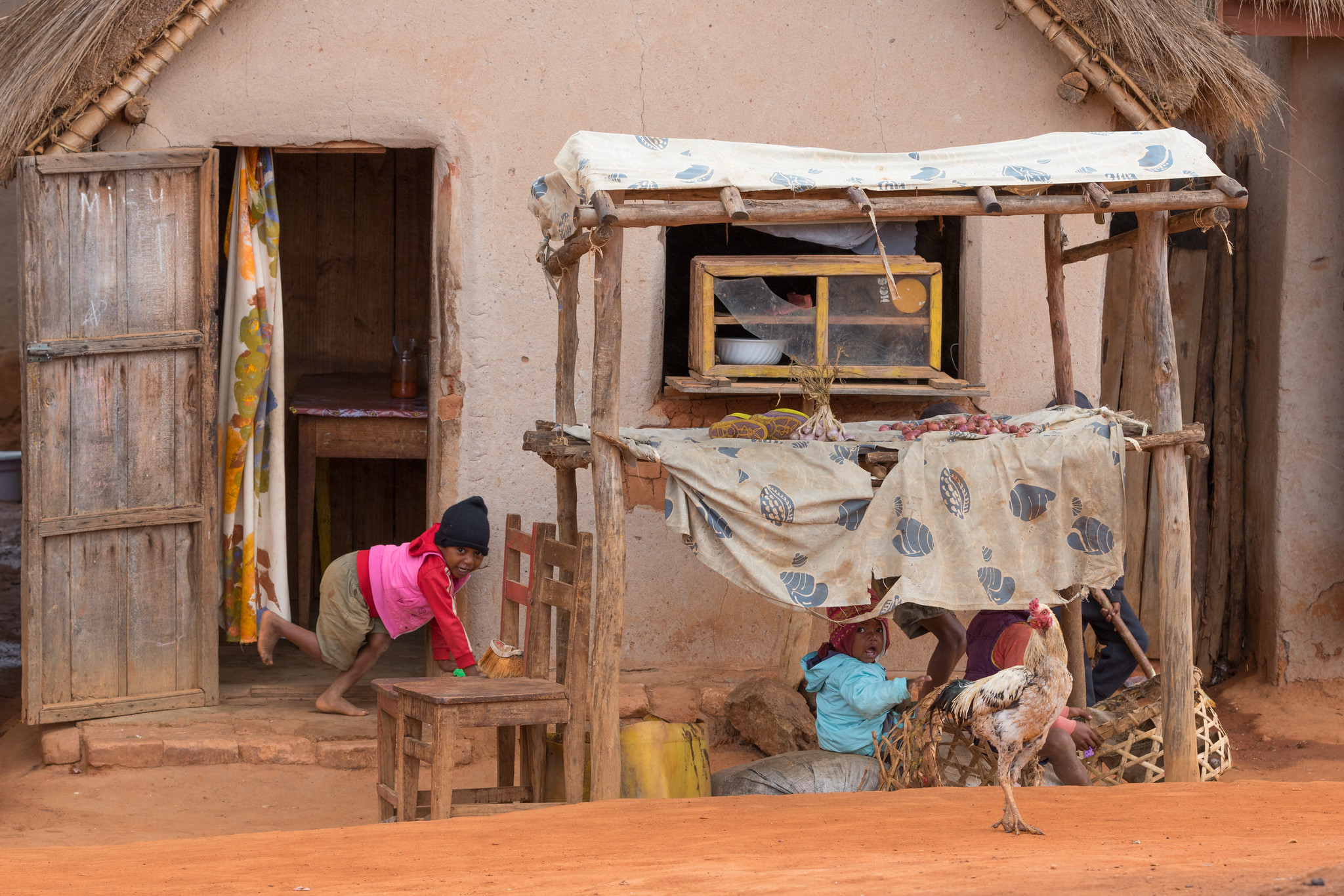
Poverty, which seriously affects its rural population, who are unable to properly manage their agriculture and access to water. © Etienne
Hygiene recedes in a country that seems forgotten
Madagascar’s environmental problems are exacerbated by poverty, which seriously affects its rural population, who are unable to properly manage their agriculture and access to water. According to the World Bank, in 2012 (the year with the most recent data), 77.6% of the population lived below the poverty line of $1.9 per day.
This rate seemed to slightly decrease since that date but other indicators, such as the access to water and sanitation, have continued to worsen and Madagascar is currently ranked 161st out of 189 countries on the Human Development Index (HDI), a fact little known to international public opinion which perceives the island as a paradise of biodiversity and a privileged tourist destination. But the Covid-19 pandemic has inflicted a severe blow to the flourishing tourism revenues, similarly to those of most countries in the tropical belts.
Little has emerged so far from the statistics of the World Bank on the number of people who practice open defecation, which show that Madagascar is among the 10 countries with the highest rates. 40% of the population (more than 10 million) practices it and there is a clear upward trend: in 2000, it reached nearly 38% of the population, while it exceeded 44% in 2017. Only 17% of the population has access to basic sanitation and only 23% has access to a basic handwashing service.
In Madagascar, 57% of the population depends on surface water or non-improved water points for their supply, which along with open defecation and poor hygiene practices, cause 90% of the diarrhea cases, a disease that is the second cause of childhood mortality in the country.
Droughts, which are increasingly frequent in the most arid areas, raise the rates of chronic malnutrition or growth retardation which affect 42% of all children under the age of 5. The fight against the Covid-19 pandemic inevitably involves promoting WASH (Water, Sanitation and Hygiene) activities among the population, which is a major challenge in view of their situation.
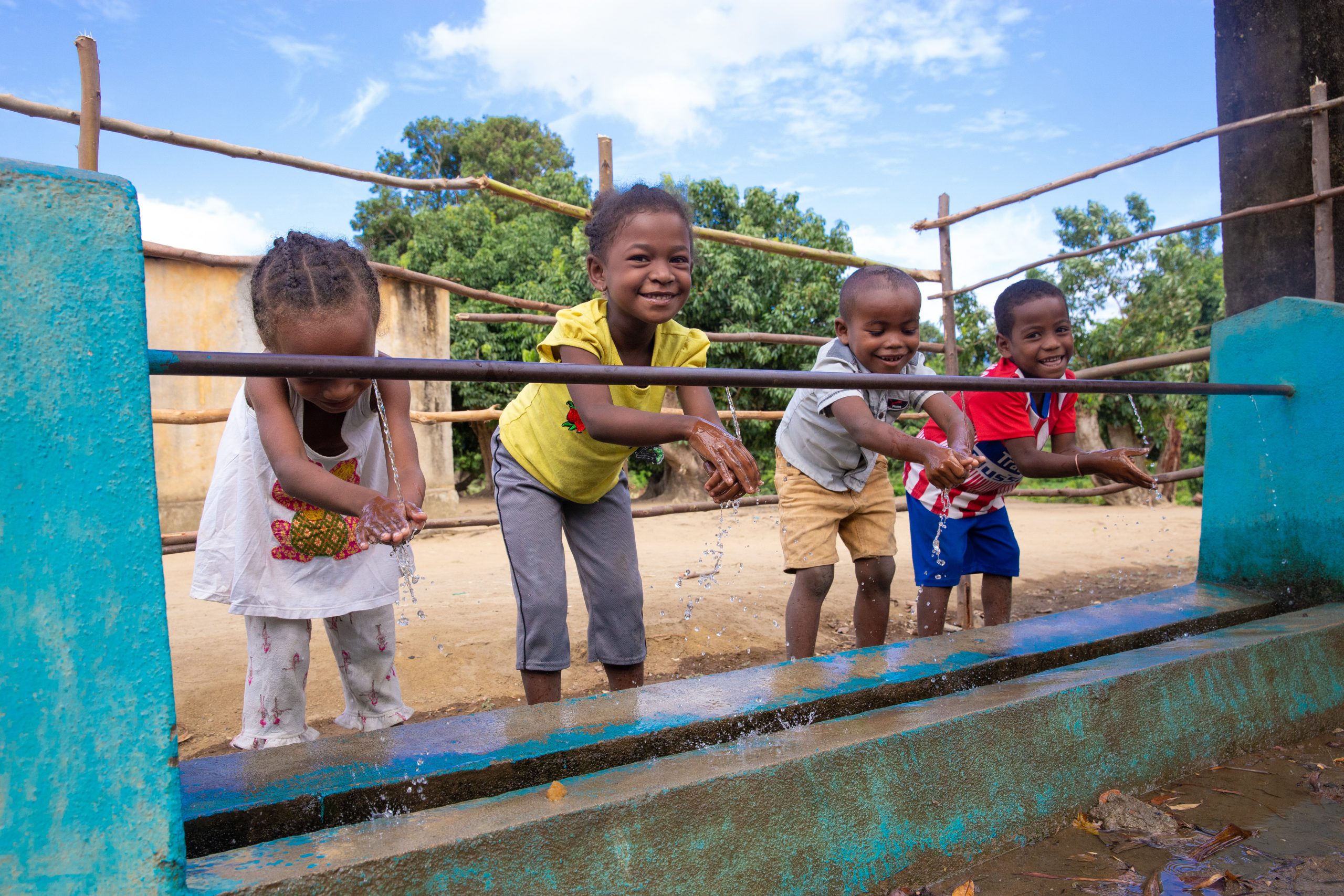
The Foundation has started a projectwith UNICEF to support this strategy in two very vulnerable areas of the island © UNICEF
A new project of the Foundation
The Foundation has started a project with UNICEF to support this strategy in two very vulnerable areas of the island, in the regions of Atsimo Atsinanana, on the eastern coast and Androy, in the south. The project will directly benefit around 4,000 people and its indirect benefits may reach up to 25,000 people including neighboring rural environments.
The project is based on the participation of the community in the management of ground water, a key aspect for the transmission of the foundations of the green economy. Likewise, the identification of inadequate hygiene practices, their impact on health and their relationship with the environment imply the direct participation of communities. The project also emphasizes the importance of simultaneously and transversally addressing awareness in the safeguarding of nature and access to water and hygiene.
The SDGs need to be all-encompassing
Science proves the relationship between environmental degradation and poverty every day. Situations like the ones currently existing in Madagascar should set an example for the integration of health emergencies in a more global vision, including cohesion values of the green economy culture.
Rampant deforestation in Madagascar is an unmistakable sign that the attainment of the SDGs needs to be simultaneous and all-encompassing. The success of WASH strategies cannot be contemplated in an ecologically unbalanced territory, as this imbalance will have a negative effect on the access to water and hygiene. In our path towards SDGs, it is clear that a pollution-free and ecologically balanced planet is synonymous with health, and Madagascar shows us the way.


